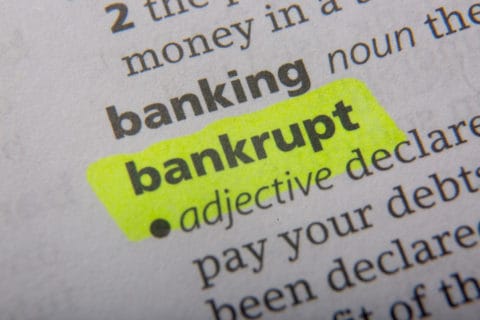A Basic Overview of the Bankruptcy Process
In 2010, more than 1.5 million people filed for personal bankruptcy. It may be the best option for people who are looking for a fresh financial start, but bankruptcy is an oft-misunderstood process. Here is a basic overview of the bankruptcy procedure.
Chapter 7 vs. Chapter 13
Chapter 7 bankruptcy requires you to sell your non-exempt property and use the proceeds to pay off your creditors. Chapter 13 is different because your debts are not liquidated. Instead, Chapter 13 allows people with a regular source of income to repay their debts over time through a repayment plan approved by the court.
Credit Counseling
With very few exceptions, everyone who files bankruptcy must complete pre-bankruptcy credit counseling and pre-discharge debtor education. You must file a certificate showing that you have completed credit counseling when you file for bankruptcy. After filing—but before your debts are discharged—you must complete debtor education and provide proof of completion to the court.
Automatic Stay
When you file for bankruptcy, you are granted an automatic stay from your creditors. This means that your creditors cannot continue their collection efforts, contact you about your debts, or take foreclosure actions against you.
Length of Process
In 2010, it took an average of 178 days from the date of filing to the date of disposition in Chapter 7 bankruptcy cases. Chapter 13 cases take an average of three to five years to resolve because they involve a repayment plan rather than a discharge of debt.
Bankruptcy is governed by federal law and the rules are complicated. If you are considering filing for bankruptcy, it is a good idea to speak with an experienced lawyer. The attorneys at Cutler & Associates, Ltd. have been focused on Chapter 7 and 13 bankruptcy cases since 1990.

